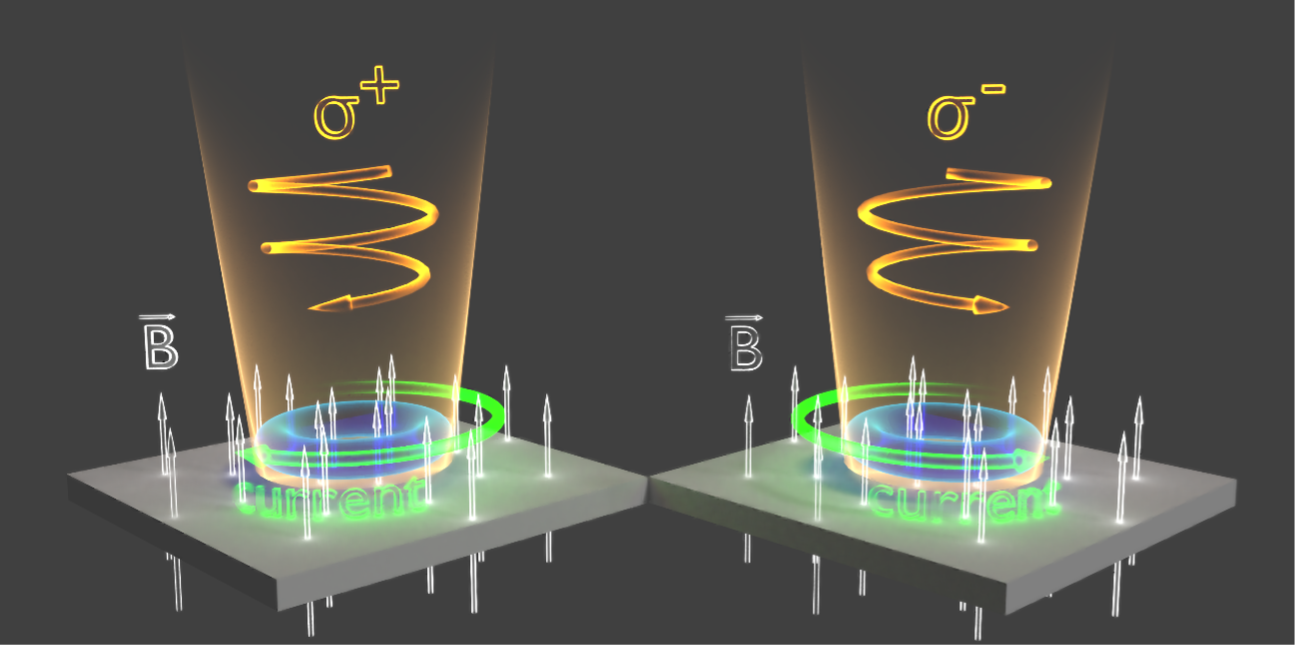December 5th, 2022: Alexander Buzdin
On Monday, December 5th, 2022 from 11 am to 12 am we will host a seminar by Alexander Buzdin from University of Bordeaux.
Title
Optical methods of flux manipulation in superconductors
Abstract
Although the average properties of the vortex matter in superconductors can be tuned with magnetic fields, temperature or electric currents, handling of individual Abrikosov vortices remains challenging and has been demonstrated only with sophisticated scanning local probe microscopies. Recently we have proposed a far-field optical method based on local heating of the superconductor with a focused laser beam to realize a fast and precise manipulation of individual vortices, in the same way as with optical tweezers [1]. This open a way to create laser-driven Josephson junctions controlled by the optically driven Abrikosov vortex [2].
Important challenge is on-demand optical generation of single flux quanta. We discuss a far-field optical method to generate permanent single vortices at any desired position in a superconductor. It is based on the fast quench following the absorption of a tightly focused laser pulse (so called Kibble-Zurek effect) that locally heats the superconductor above its critical temperature. We achieve ex-nihilo creation of a single vortex pinned at the center of the hotspot, while its counterpart opposite flux is trapped tens of micrometers away at its boundaries [3].
Another method for the single flux quanta manipulation may be related with the so-called inverse Faraday effect - a circularly polarized radiation interacting with a superconducting condensate acts as an efffective magnetic field that can generate supercurrents and DC magnetic moments [4]. Using the time-dependent Ginzburg–Landau equation formalism, the current-carrying states of a small superconducting ring illuminated by such radiation are analysed [5]. Numerical simulations demonstrate the possibility to on-demand switch between current-carrying states in the superconductor by controlling the helicity of the electromagnetic field polarization [6]. This result opens the way to all-optical operation of superconducting devices.

References
[1] I. S. Veshchunov, W. Magrini, S.V. Mironov, A.G. Godin, et al, Nature communications 7, 1-7 (2016).
[2] S. Mironov, E. Goldobin, D. Koelle, R., Kleiner, et al, Physical Review B 96, 214515 (2017).
[3] A. Rochet, V. Vadimov, W. Magrini, S. Thakur, et al, Nano Letters 20, 6488-6493 (2020).
[4] S.V. Mironov, A.S. Mel’nikov, I.D. Tokman, V. Vadimov, et al. Physical Review Letters 126, 137002 (2021).
[5] M.D. Croitoru, B. Lounis, A.I. Buzdin, Physical Review B 105, L020504 (2022).
[6] M.D. Croitoru, S.V. Mironov, B. Lounis, A.I. Buzdin, Advanced Quantum Technologies, 2200054 (2022).